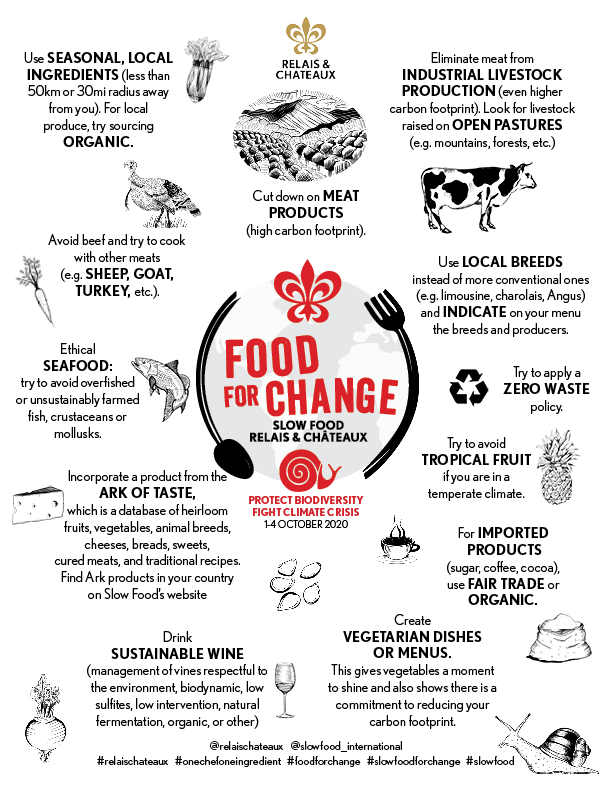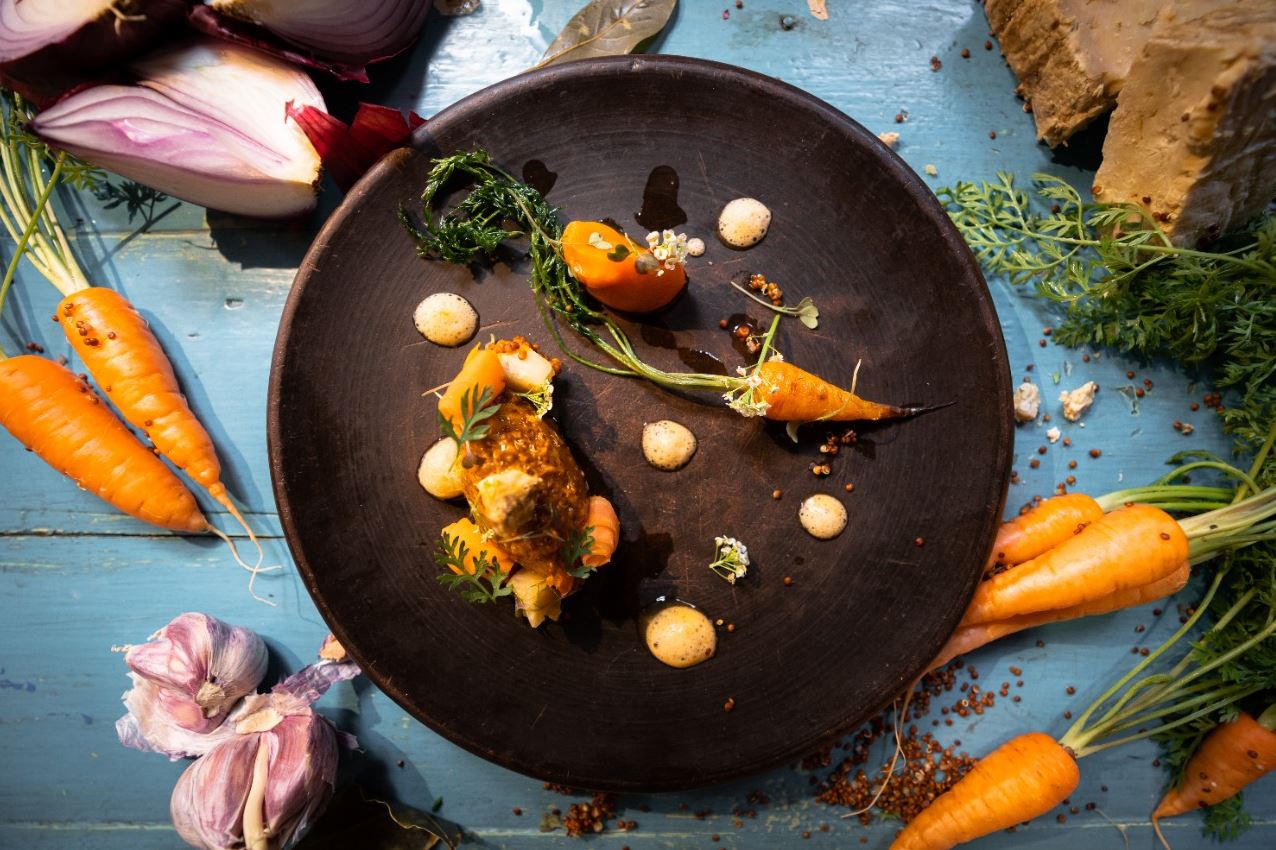The humble carrot. Not, perhaps, one of life’s most glamorous ingredients, but in the right hands this unassuming tap-root can prove a formidable constituent in any restaurant’s finest dishes.
So believes Juan Pablo Mardones, known affectionately as Juanpi, head chef at our luxury lodge Awasi Atacama.

He chose the carrot as his “Hero Ingredient” for this year’s Food for Change campaign.
Food for Change, coordinated by Relais & Chateaux and launched across their member hotels worldwide, is designed to encourage culinary best practices, including the use of locally-sourced, seasonal produce that reduces environmental impact, supports local producers and protects biodiversity.

All whilst creating original, innovative dishes that are bursting with flavour.

The “Hero Ingredient” picked by each chef allows participants to draw attention to a local, perhaps overlooked, ingredient, with the challenge of creating a dish, or series of dishes, spotlighting the chosen produce. Not all high-end dishes need rely on beluga caviar and truffles, and Food for Change is the perfect opportunity for skilful, creative chefs to demonstrate that gourmet meals can be created using locally-grown ingredients that don’t cost the earth.
Here in the Atacama, farmers living in one of the world’s driest deserts are faced with a particular set of challenges when growing fruit and vegetables of any variety. Our friends at La Granja Verde, a craft farm outside San Pedro de Atacama, know all there is to know about growing produce in such an arid climate, and are able to supply our chefs at Awasi Atacama with a host of fresh produce year round including lettuces, herbs, fruit and, of course, carrots.

Juanpi’s choice of the carrot, and in particular the Chiuchiu variety specifically adapted to the region, was made to honour the fact that this vegetable is local, seasonal and can be grown sustainably, providing fresh produce with minimal food miles or environmental impact, farm to fork.
“I really like to cook with carrots, because they are one of the most versatile and finest ingredients” Juanpi explains. “You can eat them raw, in savoury dishes, in desserts, in pastry, as well as being one of the key ingredients in the classic Mirepoix [diced vegetables that provide the base for many dishes] – it’s an infallible and often overlooked ingredient”.


